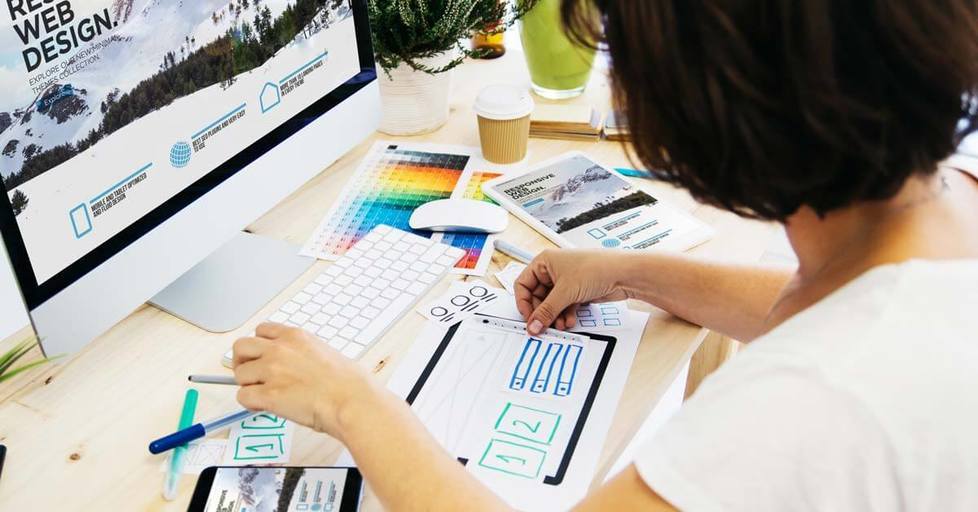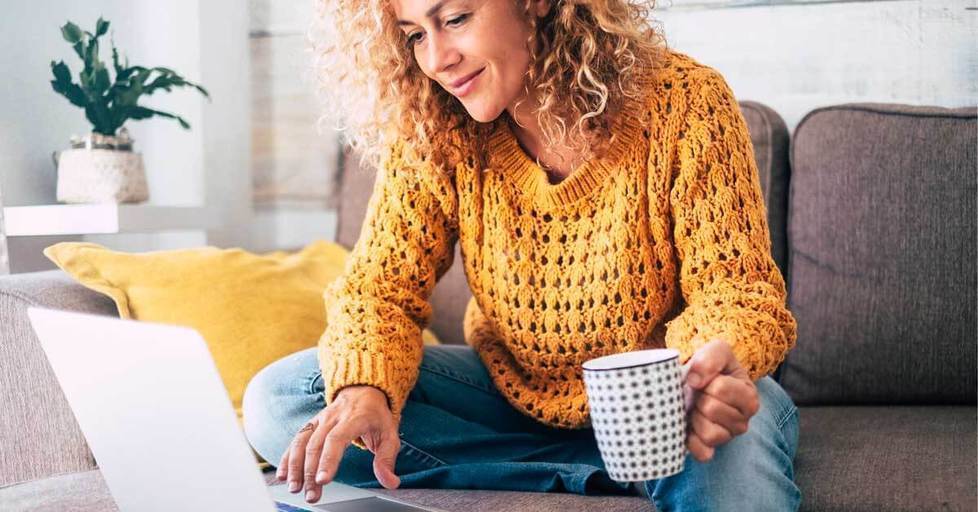
Image SEO is the practice of appropriately describing and labeling image alt text. The primary purpose of image alt text is web accessibility for those who are visually impaired. It also provides context to a visitor when an image doesn’t load and allows search engines to better scrape your site for keywords.
Alt text stands for alternative text. It can also be called ‘alt attributes,’ ‘alt descriptions,’ and ‘alt tags.’ This text is not displayed to the typical user. Rather, it is text placed within the code of HTML and used to describe the contents on an image.
Why Image SEO Boosts Website Rank
Optimizing your images for search engines with alt tags can boost your site’s rank by giving your site more searchable text.
Search engines also use image recognition. However, the technology is not as developed. Relying on image recognition alone delivers inconsistent results at best. It also eliminates the potential to utilize essential keywords within this additional site text.
This is why the best image alt text describes the image while also using the keywords for which you want to rank.
8 Essential Elements of Good SEO Image Alt Text
1. Make Your Description Specific
You want your image alt text to be as specific as possible to the actual image in question. For example, the following image could be described as ‘Puppy.’

However, a better alt text would be, ‘Labradoodle puppy plays at home.’
2. Keep Your Image Alt Text Short
The majority of popular screen readers only read the first 125 characters of image alt text. This means, it’s best to keep your image alt text short.
3. Incorporate Keywords For Which You Want Your Page to Rank
Image alt text is another fabulous opportunity to include keywords on your page. While you want to prioritize describing the image accurately, you also want to include keywords into your alt text when possible.
4. Don’t Keyword Stuff
Not only does keyword stuffing come across as spammy to your visitors — it’s considered bad practice by search engines and can negatively impact your rank. You want to focus on using keywords in a way that reads well and is useful rather than listing as many keywords as possible.
5. Avoid Text—Only Images
Text-only images are not SEO friendly because search engines can’t read the text. They are not user-friendly for those who need a screen reader. Nor are they mobile-friendly, because they often don’t resize well across multiple devices.
While there are definitely instances when you may want to include text within an image — such as when you’re including a specific image designed for Pinterest — you want to make sure the alt text clearly states what’s said within the image.
6. Skip “Image of” Text
It’s safe to assume that your visitors and search engines know the alt text is referring to an image. No need to state it again within the image alt.
7. Use longdesc="insert long description here" and/or Captions for Complex Images
When an image needs more than 125 characters to be adequately described, consider using the longdesc="insert long description here" to give it the detail need. The image caption is another area that can help you give your image more detail.
8. Be Sure to Label Buttons
When an image is used as a call-to-action (CTA) make sure the alt tag adequately describes that function. This could be done with simple text like ‘sign up’ or ‘apply now.’
How to Add Image Alt Text

Image alt text is an HTML attribute within an image element. If you look at the source code, it generally looks like this:
A variety of popular content management systems — like WordPress — allow you to add to image alt text when you upload an image.
Additional Image SEO Tip: Original Images Rank Best
Like original content, search engines and users prefer original images. That being said — you want to use high-quality, relevant images. Sometimes it’s neither feasible nor affordable to use original images. But when it is — it’s best to do so.
Get Help Optimizing Your Images
Our creative team is well-versed in SEO research and optimization. In addition to web design, we offer site audits and SEO tune-ups to help you maximize your existing site.
Let’s Talk About How to Improve Your Site
More Helpful Insights
Unique Places to Source Images for Your Business
Pictures are an essential piece of any great content marketing strategy. You need them, plain and simple. But you also need the right picture. Discover where to source them.
5 Essential Elements to Using Images on the Web
In today’s digital age, a picture is worth more than 1,000 words. It’s worth Facebook fans, Instagram likes, Twitter shares, and more!
How to use Images Effectively on Twitter
When used correctly, images can be an incredible tool to boost your Twitter engagement.




